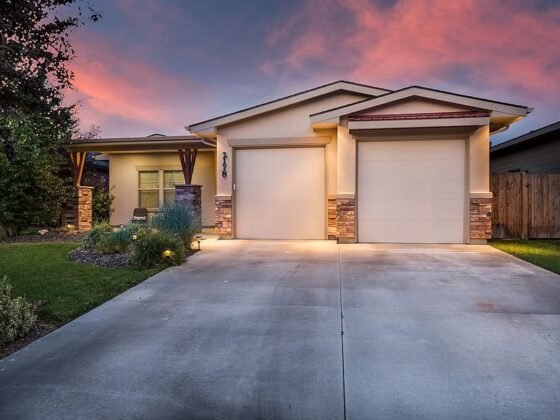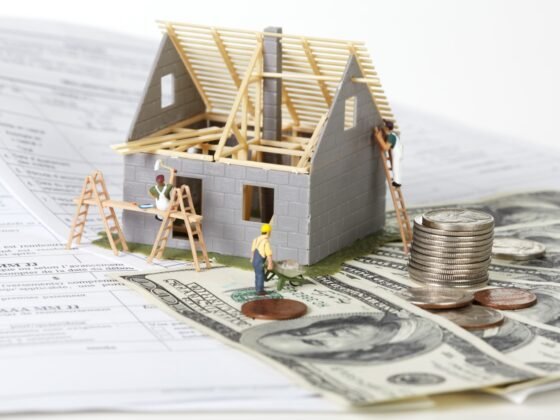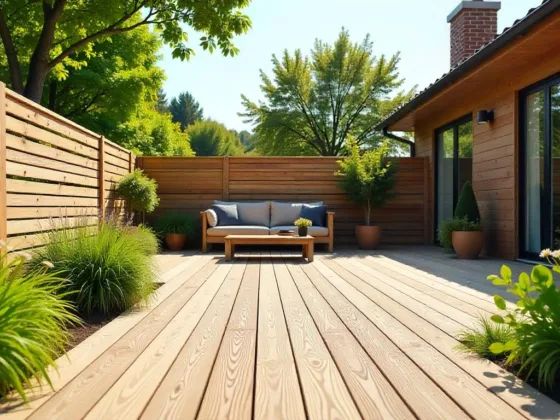Table of Contents Show
Since the 1970s, human resource use has outpaced the planet’s ability to renew itself in a year. We are withdrawing from the ecosystem and causing more damage to it than it can recover naturally.
According to the World Bank, even if the world’s population grows to 9.6 billion by 2050, it will take roughly three Earth planets to provide the natural resources needed to support humanity’s current lifestyle.
Nearly every day, vast quantities of CO2 are released into the atmosphere by manufacturing, transportation, the burning of fossils, as well as the breathing of planets and life forms.
As the impacts of climate change are becoming more apparent, government agencies and private enterprises are constructing targets for carbon reduction, which are viewed as the primary greenhouse gases. Their high levels in the atmosphere cause air pollution and acid rain, among other effects.

The construction industry has a significant impact, as materials and construction items generate CO2 through mining, transportation, manufacture, and chemical product mixing.
The real impact of all greenhouse emissions due to materials during their life cycle (soil extraction, manufacturing, building, utilization/maintenance, and end-of-life/disposal) is embodied carbon. Carbon neutralization is a strategy for mitigating the impacts of a greenhouse effect imbalance caused by calculating carbon emissions.
Although the subject looks to us to be broad and even unimportant, the materials you choose and the way you use to work with them influence you should consider.
This blog will educate how carbon emission can be avoided and how you can save yourself from paying penalties under Local Law 97!
1) Select Concrete Mixtures with Minimal Carbon Content
Despite its low emissions per tonne, concrete’s weight and pervasiveness make it the most significant source of embodied carbon in nearly any project. It would help if you worked with architects to creates a mixture that has minimal carbon content.
2) Carbon-Intensive Materials Should be Avoided
Materials having high carbon footprints, such as aluminum, plastics, and foam insulation, should be used with caution.
While aluminum, for example, may improve the look of your structure, it is nevertheless essential to use it sparingly owing to its large carbon footprint.
3) Select Carbon-Capture-and-Storage Materials
Using carbon-sequestering agricultural products can have a significant influence on a project’s embodied carbon.
Wood may be the first thing that comes to mind, but you may also consider straw or hemp insulation, which, unlike wood, is reusable on an annual basis.
4) Reusing the Materials
Wherever possible, look for recoverable objects such as brick, metals, fractured concrete, or wood. Salvaged materials often have a lower embodied carbon footprint than newly made materials since the carbon needed to build them has already been consumed.
You not only save the energy that would have been required to cut the tree down, transport it to the mill, and process it by using salvaged wood, but the tree you never cut down is still doing the task of carbon sequestration.
5) Use Recycled Material
Use materials with high recycled content. It is especially true for metals. For example, the embodied carbon footprint of virgin steel might be five times that of steel with a high recycled component.
6) Increase Structural Efficiency
Seek ways to maximize structural efficiency because the structure holds the bulk of the embodied carbon.
Using optimal engineering wood framing systems, efficient structural sections, and slabs are excellent ways to enhance efficiency and reduce material consumption.
7) Utilize Fewer Finishing Supplies
One method is to employ structural materials as a finish. The embodied carbon of carpet or vinyl flooring is reduced when polished concrete slabs are used as finished flooring. Unfinished ceilings may also be a source of embedded carbon reduction.









